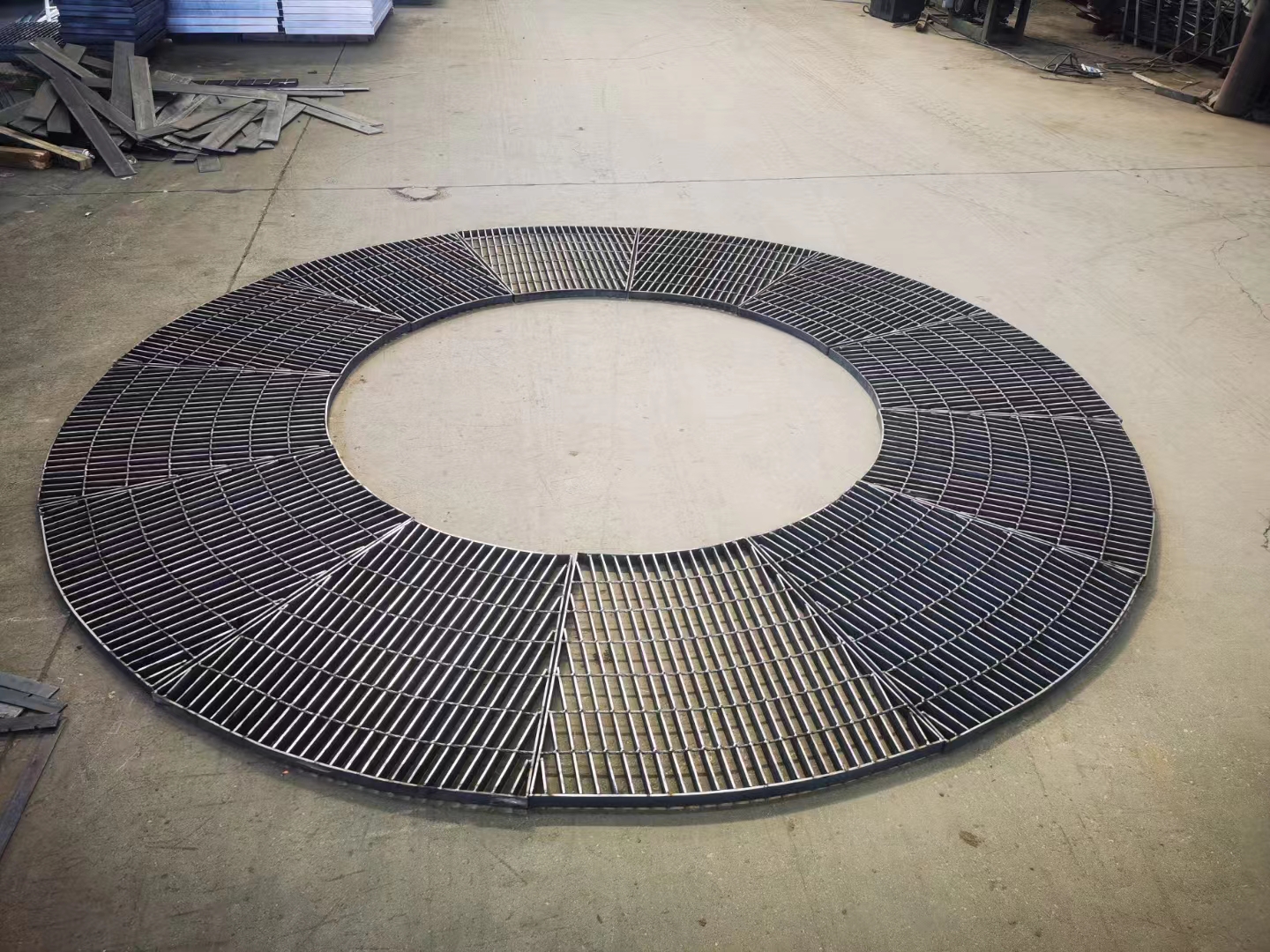Disassembly of a Joint Featuring a Butterfly Valve for Efficient Maintenance
Understanding Dismantling Joints with Butterfly Valves
Dismantling joints, a critical component in piping systems, play an essential role in maintaining and servicing pipelines, particularly in water distribution and various industrial applications. Among the various types of valves utilized in conjunction with these joints, butterfly valves are often favored for their efficiency and space-saving design. This article explores the functionality, advantages, and installation processes related to dismantling joints used with butterfly valves.
What are Dismantling Joints?
Dismantling joints are specialized fittings designed to facilitate the disassembly of a piping system without the need to dismantle substantial lengths of pipe. They allow for the quick and easy removal of valves, pumps, or other equipment connected to the pipeline. These joints are typically positioned between the valve and the pipeline, accommodating adjustments in alignment during installation or maintenance.
The Role of Butterfly Valves
Butterfly valves are quarter-turn rotational valves that use a disc to obstruct or allow the flow of fluid. Their simple design includes minimal moving parts, leading to lower maintenance requirements compared to other valve types. They are compact and lightweight, making them ideal for applications where space is limited. Butterfly valves provide an efficient sealing mechanism, offering effective control of flow and pressure in systems where these factors are critical.
Advantages of Dismantling Joints with Butterfly Valves
1. Ease of Maintenance The primary advantage of employing dismantling joints with butterfly valves is the ease of maintenance they offer. When repairs or replacements are needed, the dismantling joint allows for swift removal of the butterfly valve without cutting into the pipeline or disrupting flow in adjacent sections.
2. Enhanced Flexibility Dismantling joints provide flexibility in the piping system. They can accommodate slight misalignments that might occur during installation, reducing the stress on the pipeline structure and preventing potential leakage points.
3. Minimized Downtime Since dismantling joints allow for rapid disassembly and reassembly, the downtime associated with maintenance work is significantly reduced. This is particularly beneficial in industrial settings, where prolonged interruptions can lead to substantial economic losses.
dismantling joint with butterfly valve

4. Durability and Reliability High-quality dismantling joints are designed to withstand the pressures and flow conditions typically encountered in pipeline systems. When used with butterfly valves, they enhance the system's overall durability and reliability, contributing to a longer lifespan for both components.
Installation Process
The installation of dismantling joints in conjunction with butterfly valves requires careful planning and execution
1. Preparation Ensure that the necessary tools, dismantling joint, and butterfly valve are available. The pipeline must be purged of fluid and pressure before any work begins.
2. Alignment Position the dismantling joint at the desired location in the pipeline. It’s crucial to align it properly with the connecting flanges of the butterfly valve and nearby pipes.
3. Bolting Secure the dismantling joint to the pipe and the butterfly valve using appropriate bolts. It’s essential to ensure that the bolts are tightened to manufacturer specifications to prevent leakage.
4. Testing After installation, the system should be gradually brought back to operational pressure. Perform tests to ensure that no leaks are present and that the butterfly valve functions correctly.
Conclusion
Dismantling joints combined with butterfly valves offer significant advantages in modern piping systems. They simplify maintenance, enhance flexibility, and reduce downtime while maintaining durability and reliability. Understanding how to effectively utilize these components can lead to improved efficiency and operational longevity in various applications, ranging from municipal water systems to industrial processes. Emphasizing proper installation and maintenance of these joints ensures optimal performance and reliability in fluid control systems.
-
Square Sewer Cover Enhances Urban SafetyNewsAug.01,2025
-
Pipe Fitting Requires Precise AlignmentNewsAug.01,2025
-
Manhole Step Is DurableNewsAug.01,2025
-
Manhole Cover Is Found WorldwideNewsAug.01,2025
-
Hole Cover Frame On RoadsNewsAug.01,2025
-
Gully Grate Improves Road SafetyNewsAug.01,2025
-
Man Hole Cover Round Load CapacityNewsJul.31,2025
